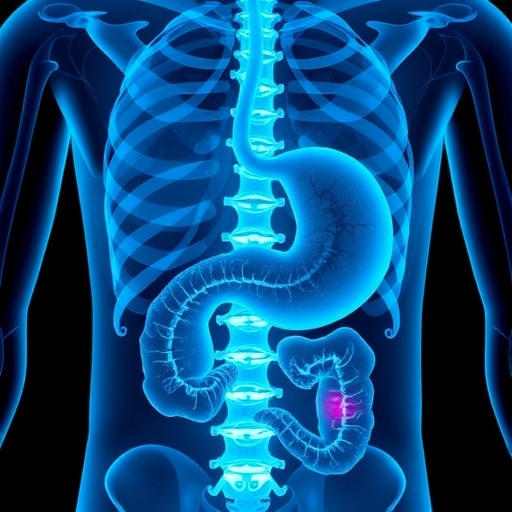Melanomas tend to be “hot” or “cold” – if they’re hot, immunotherapy lights melanoma tumors like beacons for elimination by the immune system; but 40-50 percent of melanomas are cold, making them invisible to the immune system, and patients with cold tumors tend to show little benefit from immunotherapies. The problem is that it’s been impossible to distinguish a hot melanoma from a cold one – the solution has been to administer immunotherapy and hope for the best, often leading to wasted time and resources. Now a University of Colorado Cancer Center study presented at the American Association for Cancer Research (AACR) Annual Meeting 2019 identifies a possible way to predict which melanomas are hot and cold: Tumors with mutations in genes leading to over-activation of the NF-kB signaling pathway were more than three times as likely to respond to anti-PD1 immunotherapy compared with tumors in which these changes were absent.
“I want to do a little more examination, but we’re pretty close to pinpointing high NF-kB as a predictor of response,” says Carol Amato, MS, investigator at CU Cancer Center and senior professional research assistant.
One factor hypothesized to create a “hot” tumor is the overall tumor mutation burden – the total number of mutations a tumor holds – with the idea being that more mutations would create more differences between tumor and healthy tissue, leading to a higher likelihood that the immune system will recognize tumor tissue as foreign and work to eliminate it.
However, Amato and colleagues including William Robinson, MD, PhD, and first author Keith Wells, MD, show that while overall tumor mutation burden may increase the chance of important genetic changes, the immune system’s ability to see tumor tissue may depend more on specific, important changes than on overall mutation burden.
To discover what these changes are, the group leveraged patient samples gathered over the course of a decade by the Robinson lab in the Colorado Skin Cancer Biorepository.
“Basically, a few years back, we decided to do whole-exome sequencing on our biorepository, about 500 melanoma samples in all. In this project, we asked which of these 400 patients had been treated with immunotherapy, and whether genetic or genomic features of their tumors could predict response to treatment,” Amato says.
Of 52 patients treated with anti-PD1 immunotherapies, 21 responded favorably to therapy, and 31 showed little or no benefit. Sixty-seven percent of those responding favorably had alterations in genes associated with the NF-kB signaling pathway, compared with only 19 percent in patients whose tumors did not respond to immunotherapy.
“NF-kB is a complex pathway – sometimes it’s bad and sometimes it’s good. The cell context may be different than the treatment context,” Amato says.
What she means is that, on one hand, over-active NF-kB signaling has been implicated in the development of many cancers (“sometimes it’s bad”). But on the other hand, over-active NF-kB signaling may also allow immunotherapies to better target existing cancers (“sometimes it’s good”).
“What we show is that cancers with alterations that over-activate the NF-kB may better benefit from immunotherapy,” Amato says.
Exactly why this is the case is complex and requires looking inside the NF-kB signaling pathway to a specific mutation in NFKBIE, a negative regulator of NF-kB. This mutation, G34E, found only in tumors that responded to immunotherapy, has an effect like removing a limiter on NF-kB, allowing increased activation of this pathway. Then, when especially activated, the transcription factor NF-kB was able to pass into the cell nucleus, where it magnified the expression of the gene CD83.
“And it’s CD83 that we think is enhancing responsiveness of the tumor to immunotherapy,” Amato says, explaining this action by suggesting that CD83 may be presenting antigens on the surface of tumor cells that make these cells more visible to the immune system.
When the group artificially increased NFKBIE G34E mutations, they saw increased NF-kB signaling. And this activity was independent of many of the genetic alterations commonly seen in melanoma, for example, BRAF and NRAS mutations.
“Even beyond tumor mutation burden, these specific changes could help doctors predict which melanoma patients will respond and which patients will not respond to anti-PD1 immunotherapies,” Amato says.
###
Media Contact
Garth Sundem
[email protected]
https:/




